Vikings past and present

Who were the Vikings?
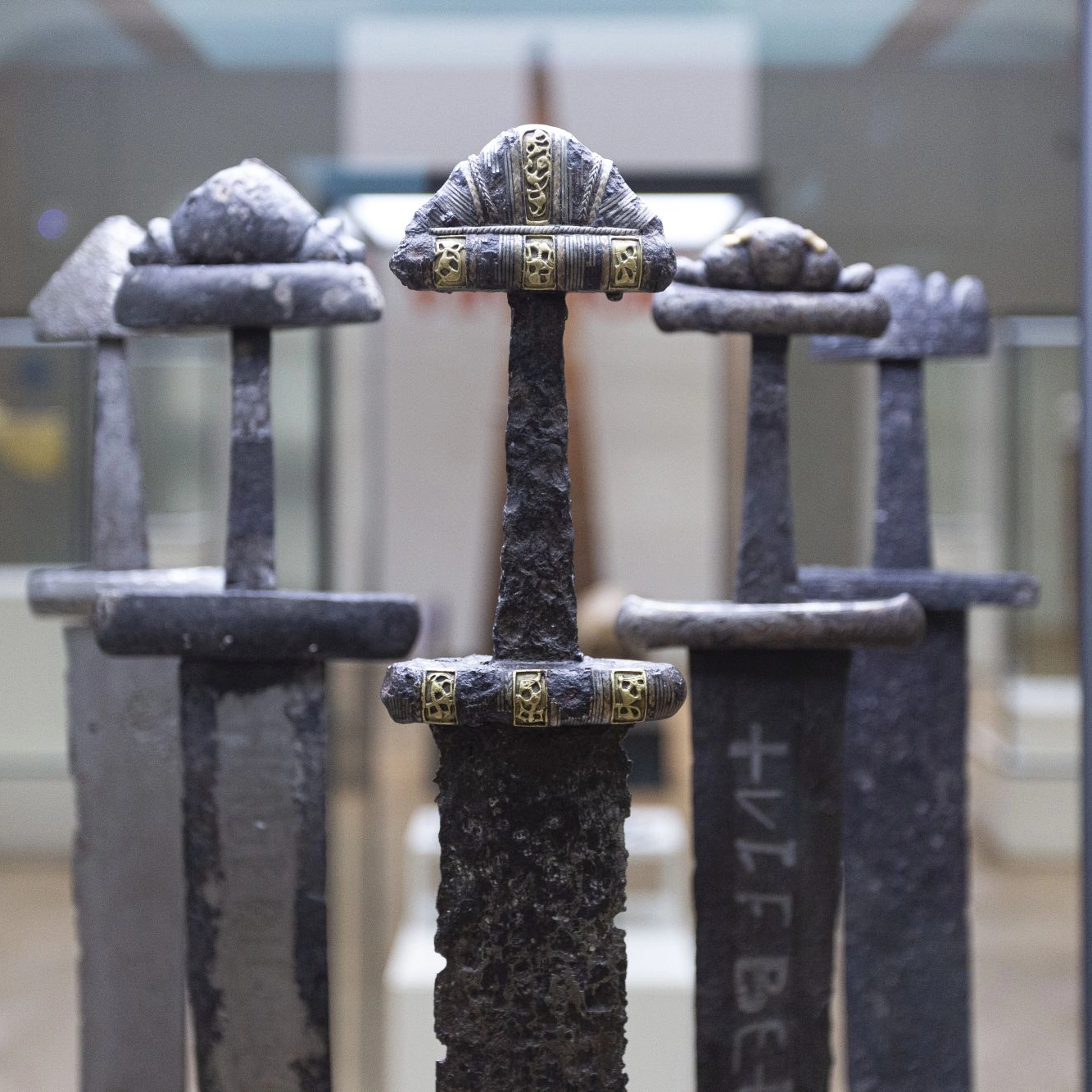
Who is the most famous Viking?
- Harald Hårfagre (Harald Fairhair) is one of the most famous Vikings. Living from around 850-932, he’s considered Norway’s first monarch. Legend says he let his hair grow from the time he decided to become king, and refused to cut it until he had achieved this goal.
- Eirik Blodøks (Eirik Bloodaxe) was one of Harald Hårfagre’s eldest sons, and lived from around 850-932. He ruled Norway from 933 to 935, and there is some discussion over where his name is derived from. Some reports suggest that he was given the name Bloodaxe due to his participation in early Viking raids, while others claim it was because he had murdered several of his relatives.
- Håkon “den gode” Adalsteinsfostre (Haakon the Good) was Harald Hårfagre’s youngest son, and Eirik Blodøks’ half-brother. He served as king of Norway from the 930s-960 after ousting Eirik and uniting different parts of Norway.
- Olav Tryggvason was Norway’s king from 995 to 1000. This possible descendant of Harald Hårfagre returned as a hero after acquiring both fame and wealth on Viking raids in Britain and beyond. As king, he’s known for converting much of the kingdom from Old Norse religion to Roman Catholicism.

What does the word ‘Viking’ mean?
How long did it take to build a Viking longship?

Drink like a Viking

Where can you explore Norway’s Viking past today?
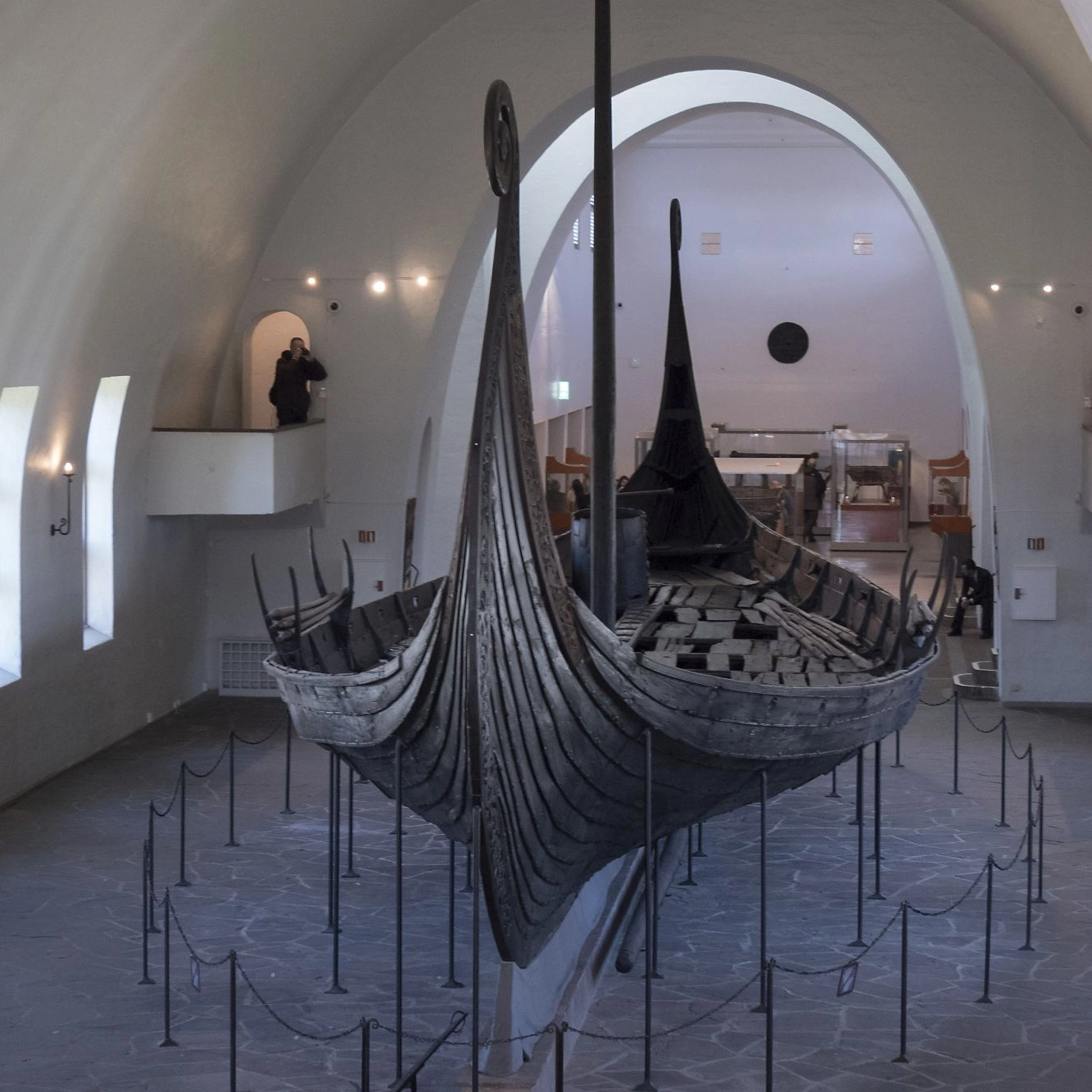
Viking Experiences
Lofotr Viking Museum on the beautiful Lofoten Islands in the north of Norway is a fantastic spot for those interested in Viking history. Here, you can go inside the world's largest longhouse from the Viking age to see, smell, taste and feel how the Vikings lived all those years ago.
Several Viking-era settlements can still be visited today, including the popular Viking Farm at Avaldsnes on the island of Karmøy in Western Norway. This popular spot has plenty to teach us about the farming traditions of the Vikings with guided tours, a dedicated history center, and interesting activities.

Travel in the footsteps of the Vikings

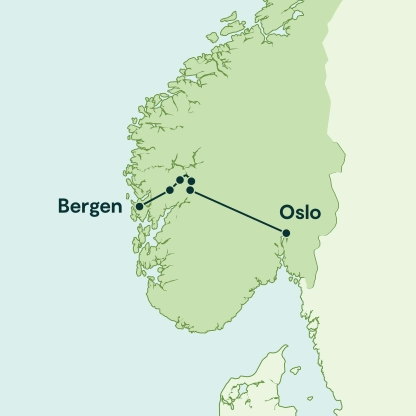
Experience an iconic tour of Norway's stunning UNESCO listed Nærøyfjord and ride two of the world's most beautiful railways - the Bergen Railway and the famous Flåm Railway.
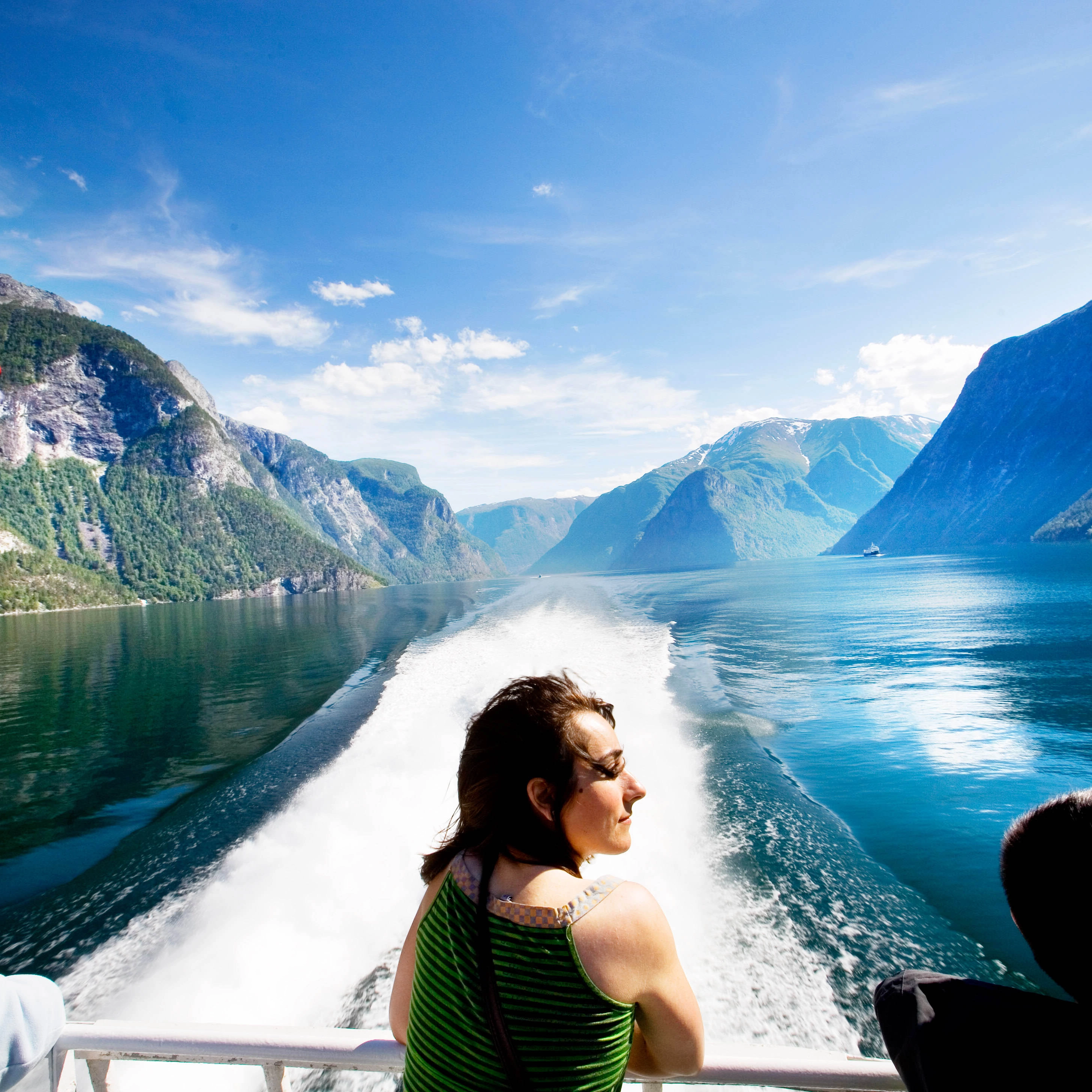

Enjoy a fjord cruise on the spectacular Sognefjord, the second longest fjord in the world. Experience two of the world’s most beautiful train rides, the Flåm Railway and Bergen Railway.


Discover Norway's natural wonders! Cruise the scenic Hardangerfjord, experience the famous Vøringsfossen and Steinsdalsfossen waterfall, discover Hardangervidda National Park and the Bergen Railway.
Get active like the Vikings
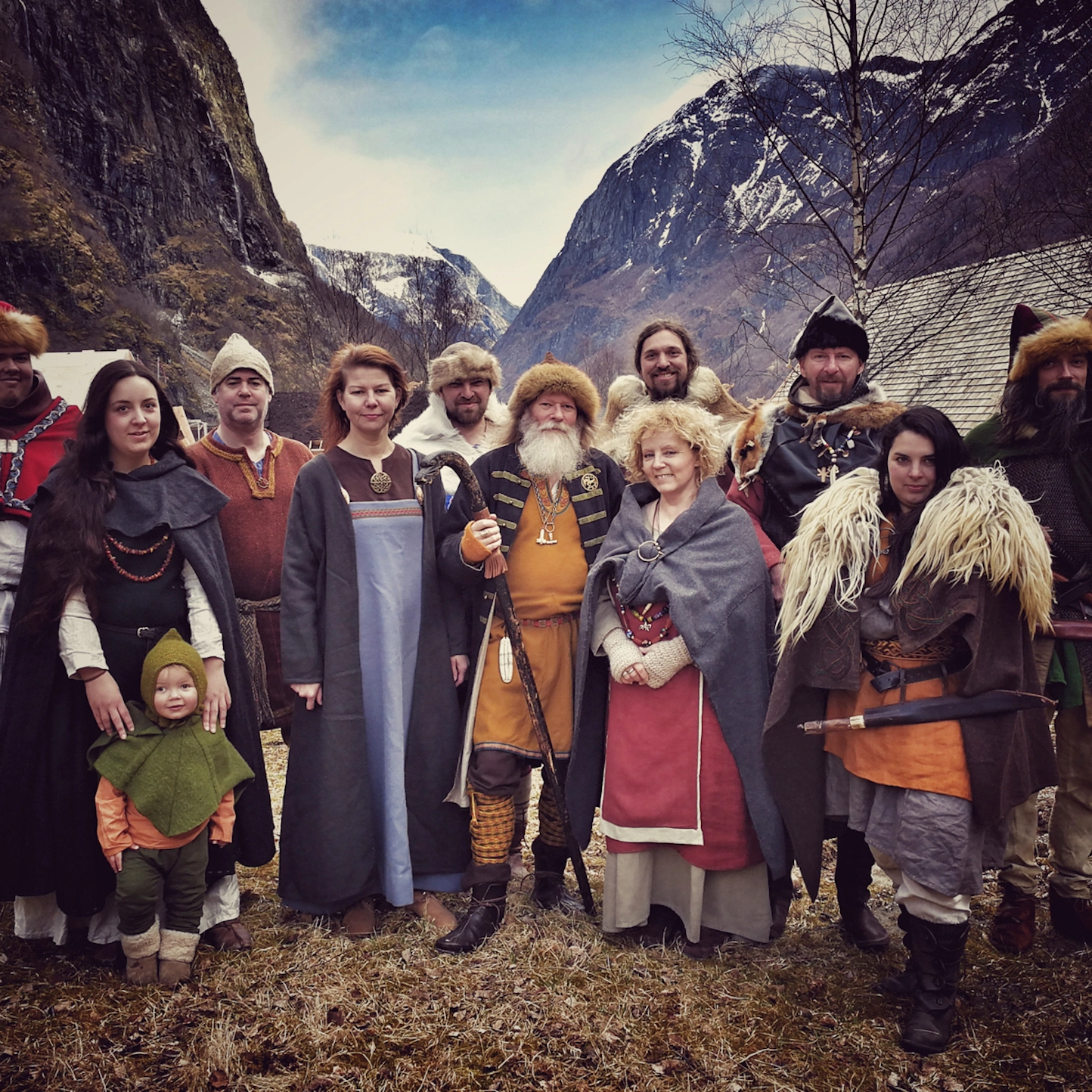
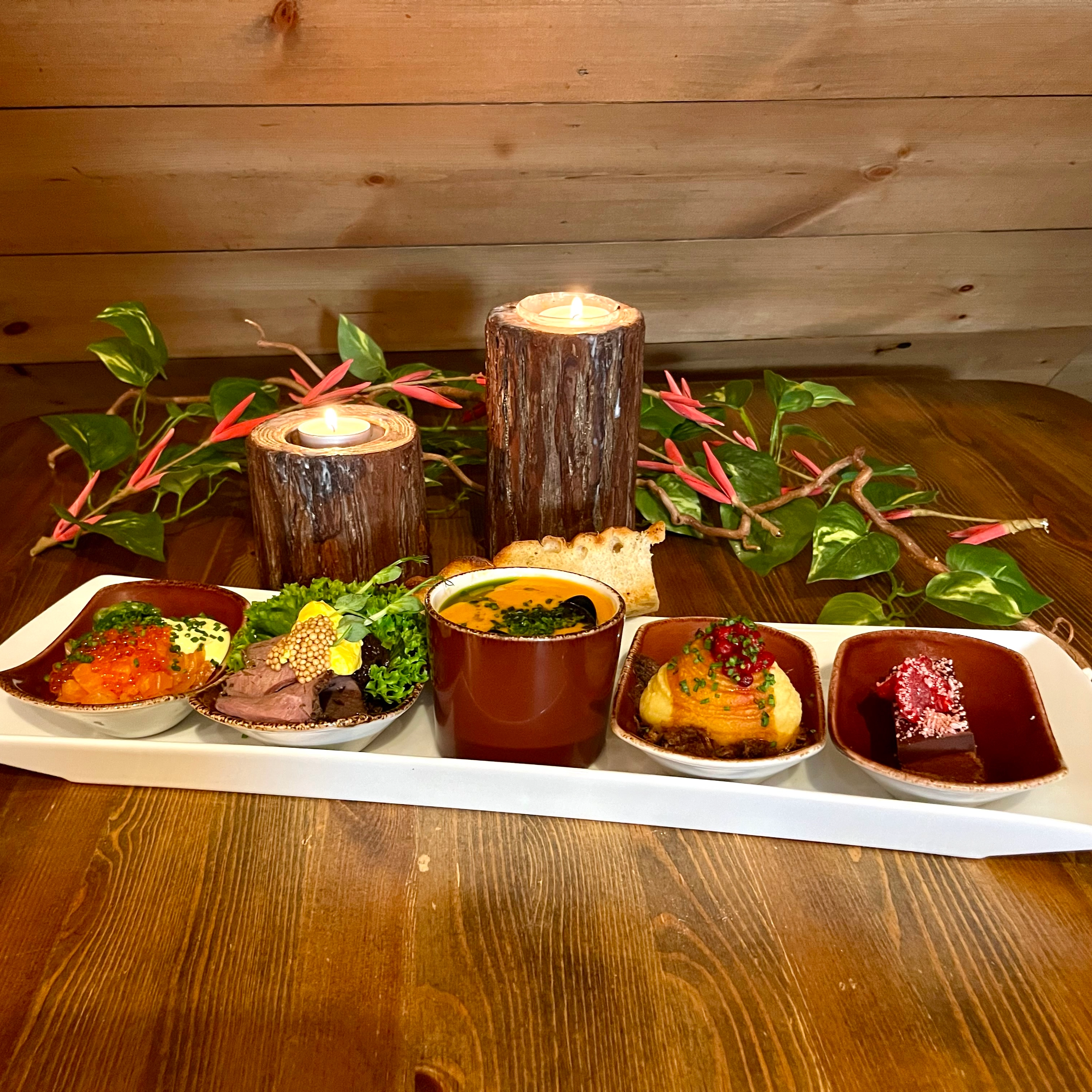
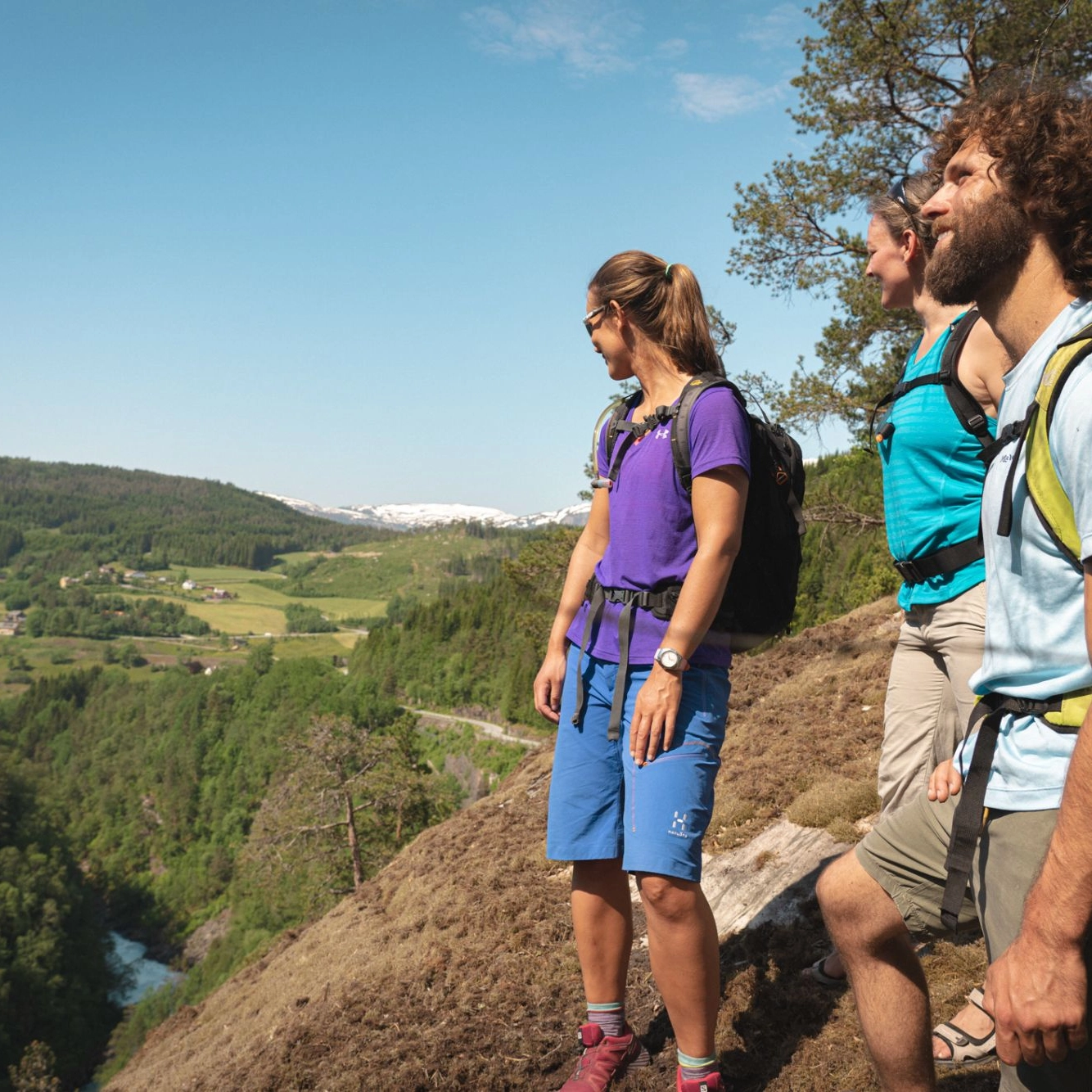
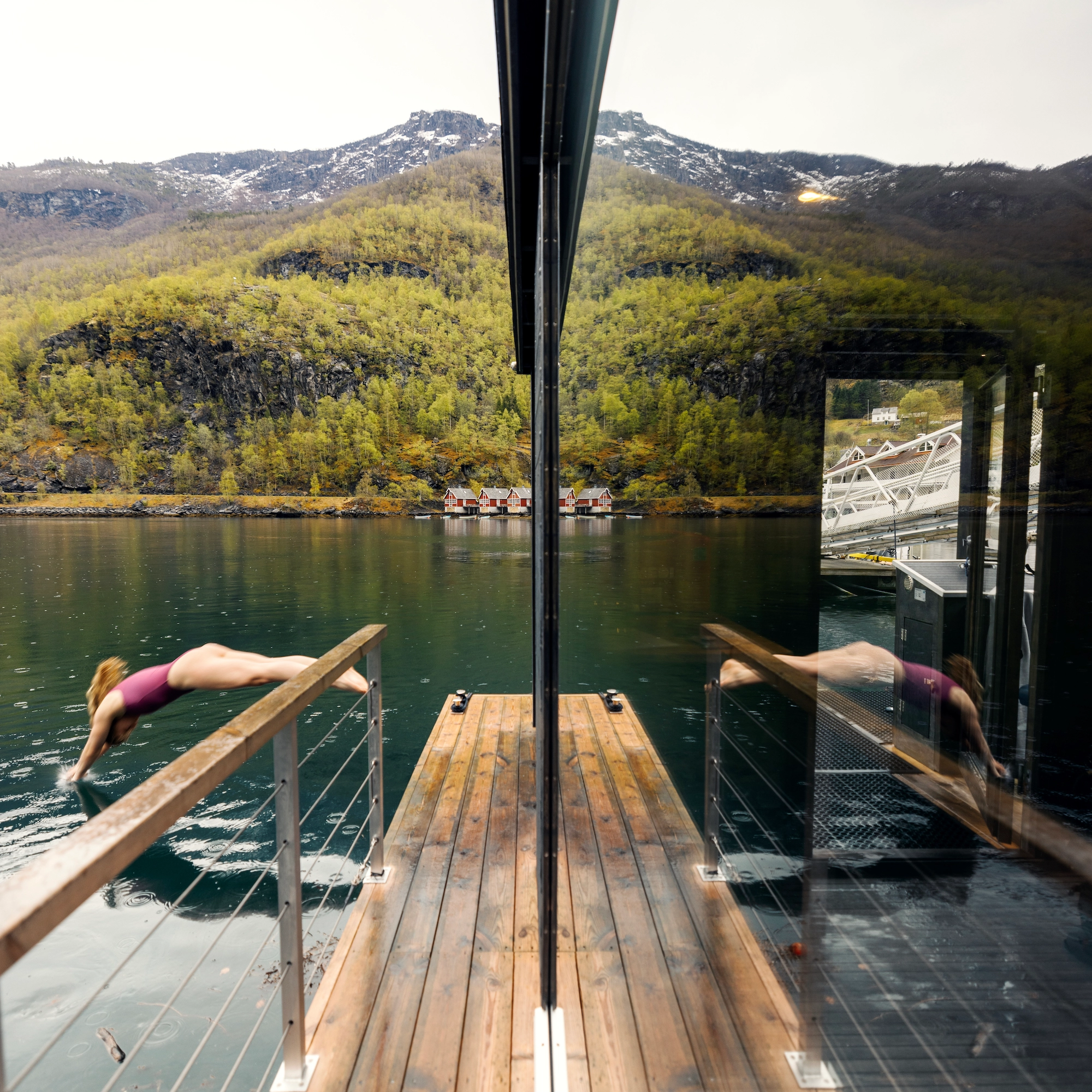
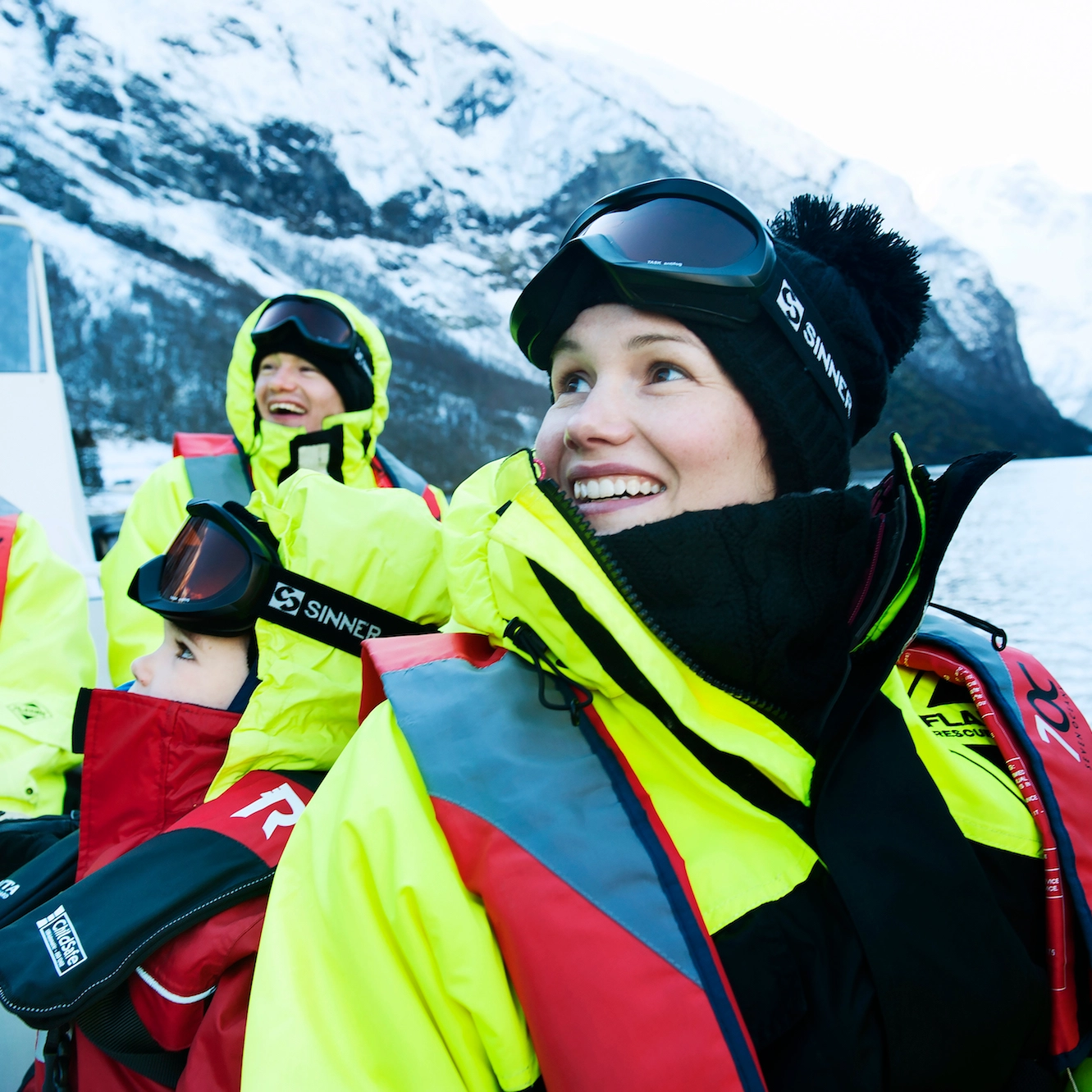

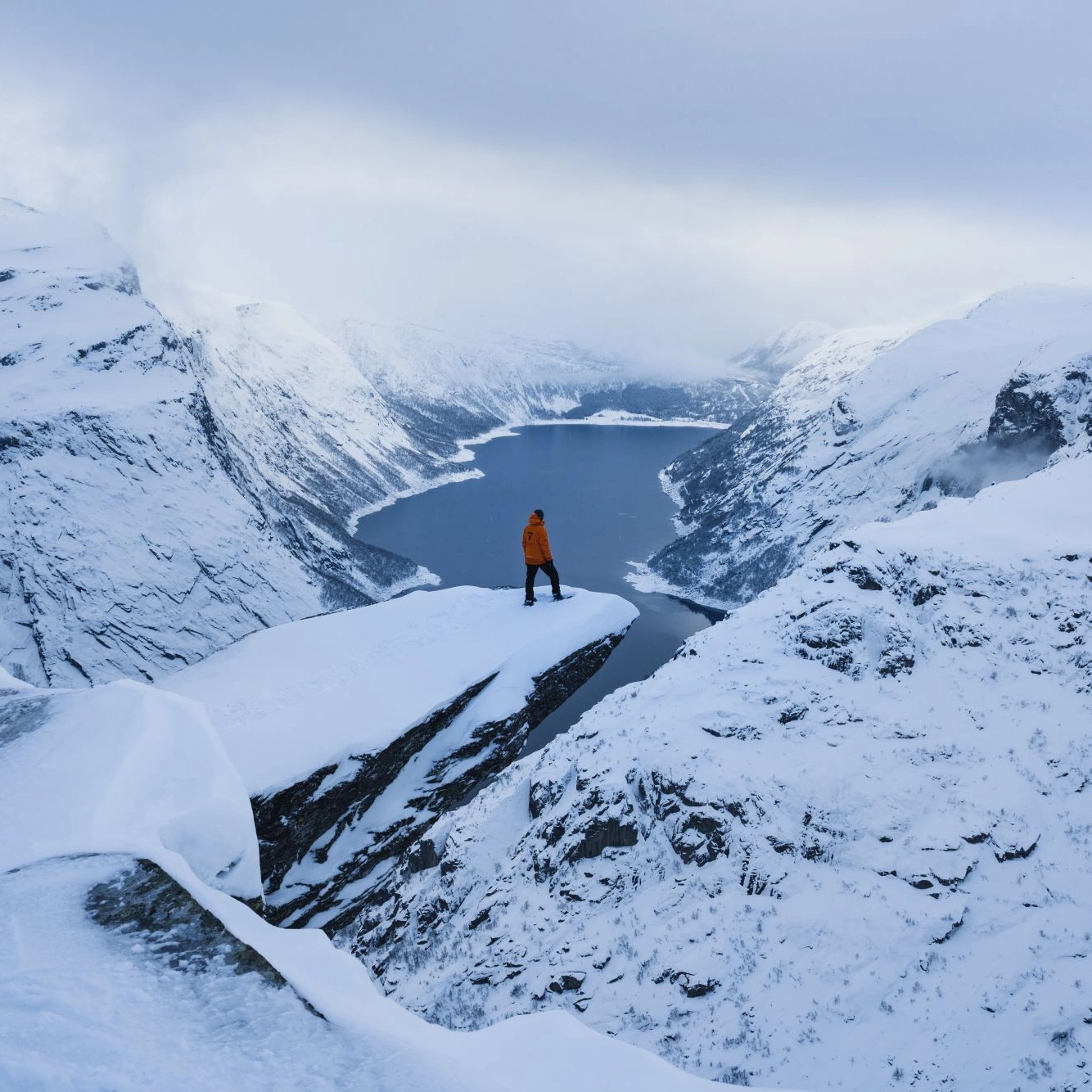









Vikings

The history of Norwegian Vikings
Though the Vikings lived long ago, their strong legacy lives on and there’s no shortage of interest in their history and traditions. There are plenty of ways for interested travellers to experience Viking life and traditions in modern Norway. For history buffs and families with kids, a trip to Norway is a fantastic way to explore Viking history – all over the country, you’ll find museums, tours, Viking villages and more just waiting to be discovered.

Viking villages in Norway
It’s no secret that there’s a strong Viking history in Norway. Even though the Viking era came to an end during the 11th century, the legacy of Vikings lives on. For those interested in learning more about Viking history, culture and tradition, there are several attractions ranging from museums and historical sites to Viking villages that bring history to life and give you a sense of stepping back in time to the Viking Age.
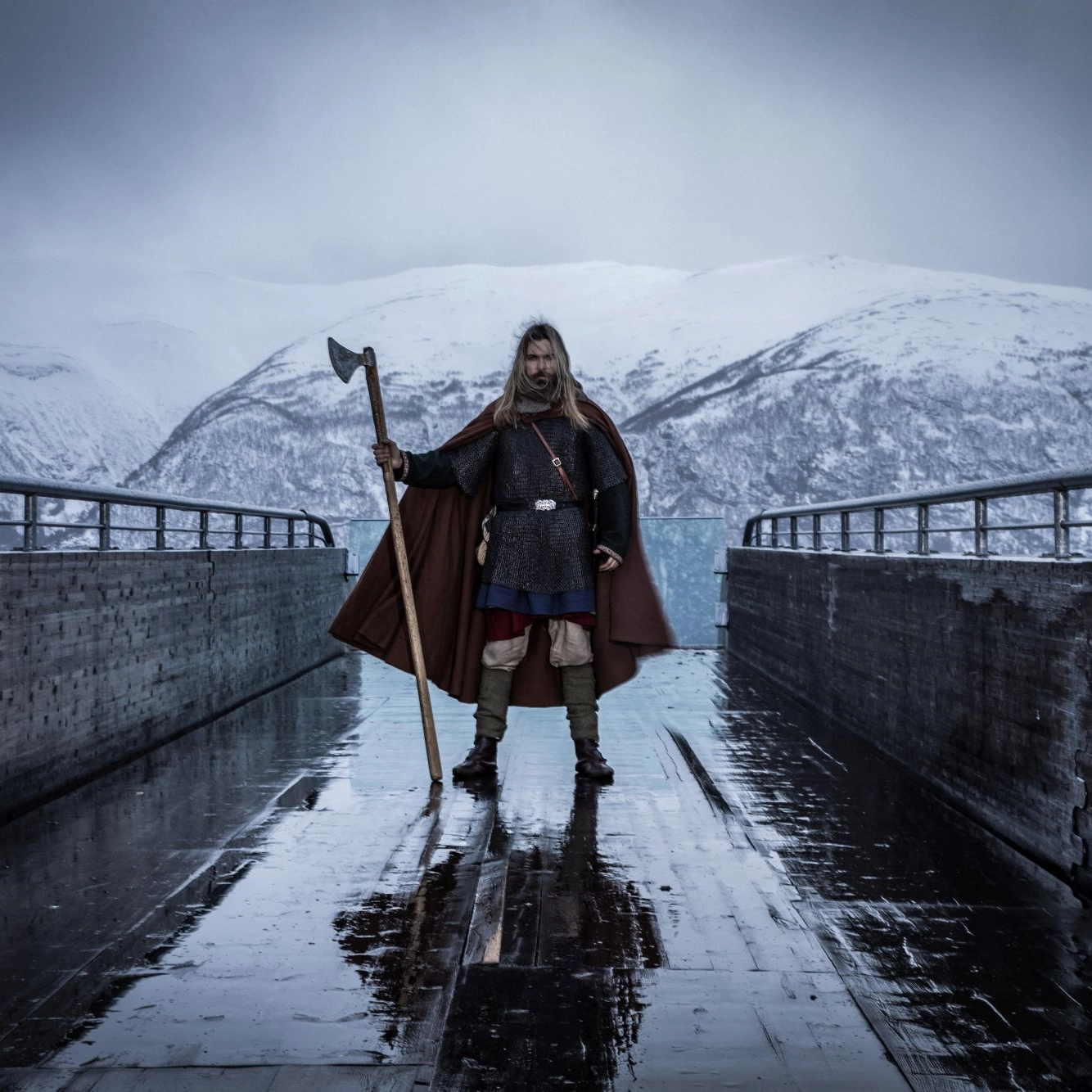
Viking Travels
Many tourists who travel to Norway are eager to learn more about the history of the Vikings. And, we can’t blame them. The Vikings were fascinating, complex people. Although they are primarily known as fierce warriors, they also engaged in trade and transport across much of Europe and built incredibly advanced ships that fascinate historians to this day. Here is some of what we know about how and where the Vikings traveled during the late 8th to the 11th century.
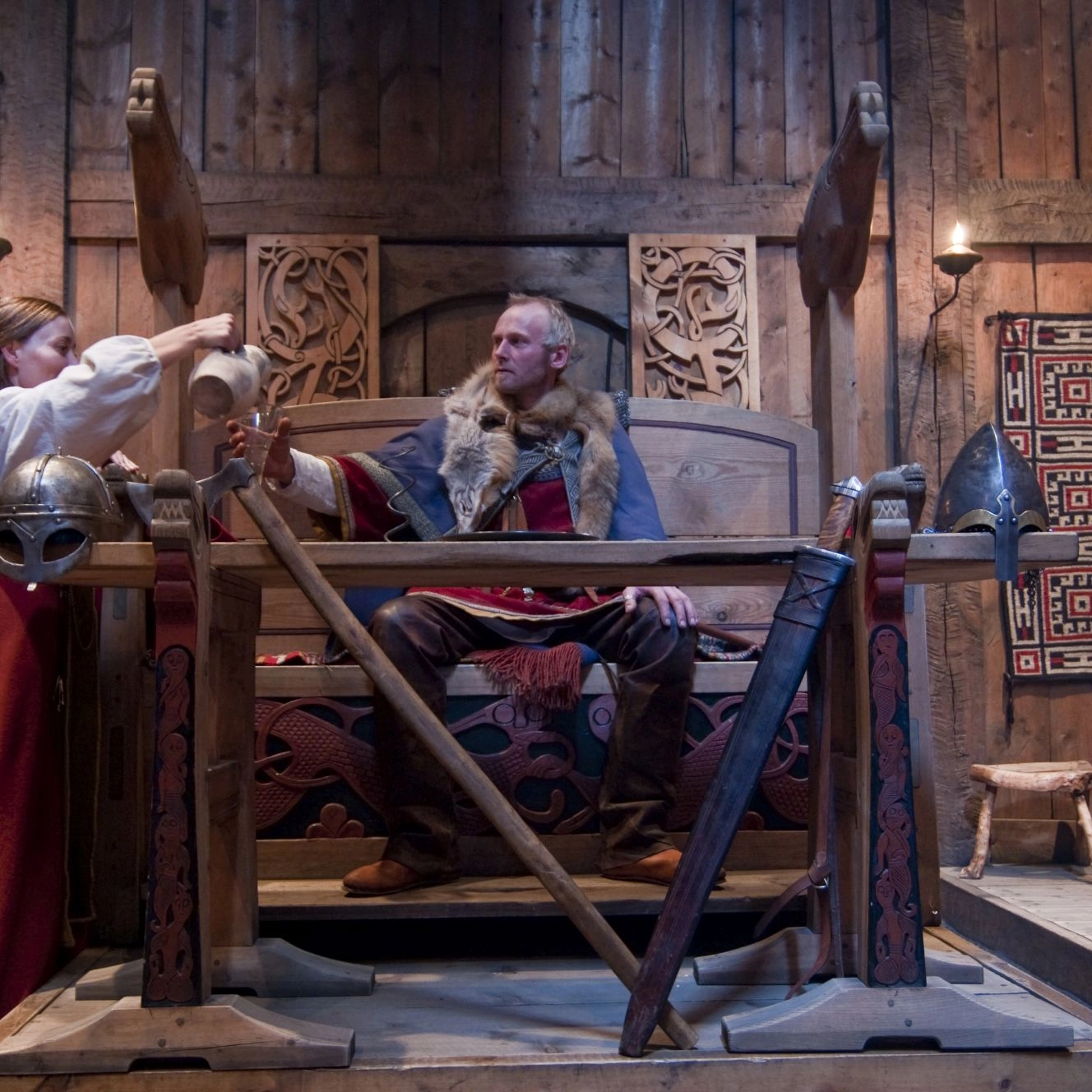
Medieval Viking feasts
A feast is a huge celebratory dinner with everything served in abundance. The Vikings were famed for their glutinous indulgence of food and habit of eagerly drinking beer or mead wine with every meal.